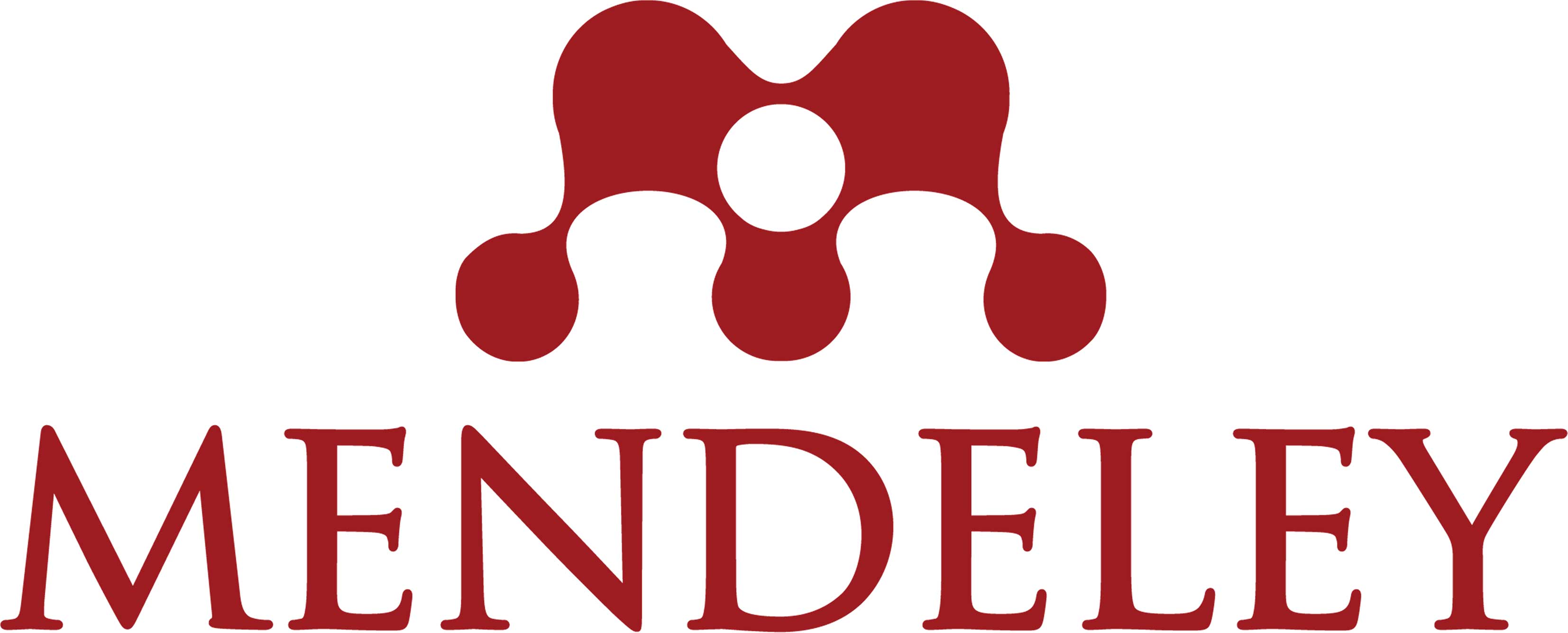HUBUNGAN SELF EFFICACY DAN KEMATANGAN KARIR DALAM PENGAMBILAN KEPUTUSAN KARIR PADA SISWA SEKOLAH MENENGAH KEJURUAN
Abstract
Tujuan penelitian ini yaitu untuk mengeksplorasi hubungan Self Efficacy dan kematangan karir dalam pengambilan keputusan karir siswa. Penelitian dilakukan pada 367 siswa SMK di kabupaten Boyolali yang dipilih dengan metode proporsional random sampling. Intrument penelitian yang digunakan yaitu skala Career Decision Making Self Efficacy, dan Career Maturity Inventory. Analisis data menggunakan Korelasi Product Moment dengan Koefisien Korelasi rxy = 0,868 dengan p=0,000 p (<0,005) dengan nilai reabilitas Self Efficacy menunjukkan Cronbach Alpha 0,891. Reabilitas kematangan karir menunjukkan Cronbach Alpha 0,861. Berdasarkan hasil ini hipotetis yang dinyatakan diterima hasil penelitian ini menunjukkan Self efficacy dan kematangan karir memberikan nilai Rsquare 0,717 sedangkan 0,283 dipengaruhi oleh variabel lain. Hal ini semakin mempertegas bahwa self efficacy dan kematangan karir mempengaruhi pengambilan keputusan karir siswa. Diskusi lebih lanjut dibahas dalam penelitian ini.
References
Aminah, A., Sobari, T., & Fatimah, S. (2021). Hubungan Self Efficacy Dengan Kematangan Karier Peserta Didik Kelas Xii Sma. FOKUS (Kajian Bimbingan & Konseling Dalam Pendidikan), 4(1), 39. https://doi.org/10.22460/fokus.v4i1.5907
Anggraini, M. (2018). Hubungan antara self efficacy dengan kematangan karir siswa SMA kelas XII MAS Nandhatul Islam. Universitas Medan Area, 1–12.
Bandura, A. (2002). Social cognitive theory in cultural context. Applied Psychology, 51(2), 269–290. https://doi.org/10.1111/1464-0597.00092
Bandura, A. (2018). Toward a Psychology of Human Agency: Pathways and Reflections. Perspectives on Psychological Science, 13(2), 130–136. https://doi.org/10.1177/1745691617699280
Bella, K., Retnaningdyastuti, T. S., & Ajie, G. R. (2022). Hubungan self-efficacy dengan pengambilan keputusan karier siswa kelas XI SMA Institut Indonesia. G-Couns: Jurnal Bimbingan dan Konseling, 6(2), 229-239.
Creswell, J. W. (2014). Research Design Qualitative, Quantitative and Mixed Methods Aprroaches (Ed, 4ndCre).
Garriott, P. O., Flores, L. Y., Prabhakar, B., Mazzotta, E. C., Liskov, A. C., & Shapiro, J. E. (2014). Parental Support and Underrepresented Students’ Math/Science Interests: The Mediating Role of Learning Experiences. Journal of Career Assessment, 22(4), 627–641. https://doi.org/10.1177/1069072713514933
Istiqlailia, N., & Sa'idah, I. (2021). Hubungan Antara Self Efficacy dengan Pengambilan Keputusan Karier pada Siswa Kelas XII Putri MA Miftahul Qulub Galis Pamekasan. Edu Consilium: Jurnal Bimbingan Dan Konseling Pendidikan Islam, 2(2)
Lee, J. W., Lee, N. Y., & Eo, Y. S. (2018). Path analysis of major satisfaction, clinical competence, career decision-making self-efficacy, and career decision level in undergraduate nursing students. Journal of the Korea Academia-Industrial cooperation Society, 19(1), 311-320.
Murisal, M., Dewita, E., Maiseptian, F., & Oktafia, S. D. K. (2022). Efikasi Diri dan Pengambilan Keputusan Karir Siswa Kelas XII SMAN 1 Tilatang Kamang Kabupaten Agam. Jurnal Pendidikan Dan Konseling (JPDK), 4(4), 1112-1119
Permatasari, C., & Kusdiyati, S. (2020). Hubungan Self-Efficacy dengan Kematangan Karir pada Siswa Kelas XII SMK Negeri 3 Cimahi. Prosiding Psikologi, 6(2), 460-465
Savickas, M. L. (2011). constructing careers: actor, agent, and author. Journal of Employment Counseling, 48(December), 179–181.
Sharf, R. S. (2014). Applying Career Development Theory to Counseling (SIXTH EDIT).
Susantoputri, Maria Kristina, & William Gunawan. (2014). Hubungan Antara Efikasi Diri Karier Dengan Kematangan Karier Pada Remaja Di Daerah Kota Tangerang. Jurnal Psikologi UIN Sultan Syarif Kasim Riau, 10(Juni), 59–65.
Taylor, K. M., & Betz, N. E. (1983). Applications of self-efficacy theory to the understanding and treatment of career indecision. Journal of Vocational Behavior, 22(1), 63–81. https://doi.org/10.1016/0001-8791(83)90006-4
Copyright (c) 2022 Diana Dewi Wahyuningsih, Imam Setyo Nugroho, Qurrotul Ain Putri Kusuma, Enisa Indriya Safitri

This work is licensed under a Creative Commons Attribution-ShareAlike 4.0 International License.
Authors who publish with this journal agree to the following terms:
1) Authors retain copyright and grant the journal right of first publication with the work simultaneously licensed under a Creative Commons Attribution License that allows others to share the work with an acknowledgment of the work's authorship and initial publication in this journal.
2) Authors are able to enter into separate, additional contractual arrangements for the non-exclusive distribution of the journal's published version of the work (e.g., post it to an institutional repository or publish it in a book), with an acknowledgment of its initial publication in this journal.
3) Authors are permitted and encouraged to post their work online (e.g., in institutional repositories or on their website) prior to and during the submission process, as it can lead to productive exchanges, as well as earlier and greater citation of published work.





